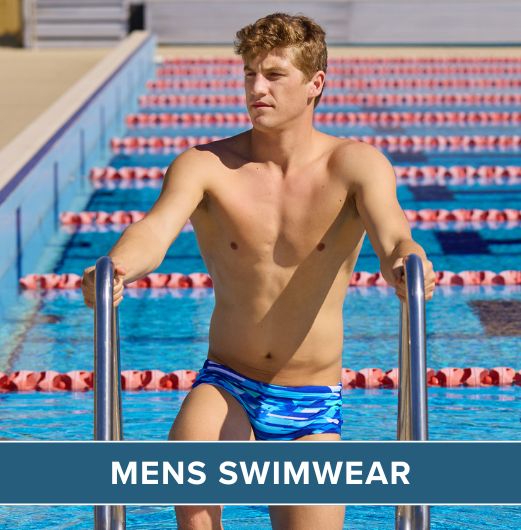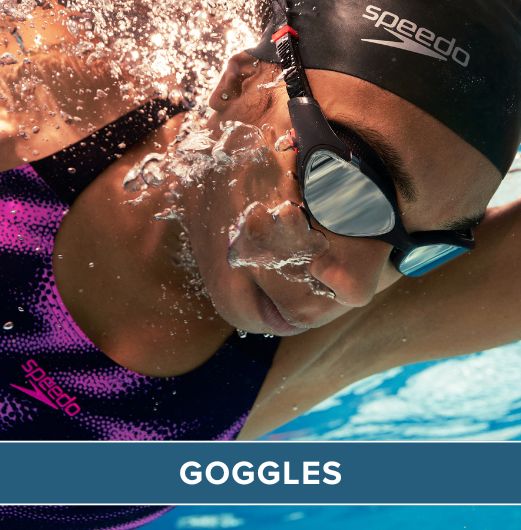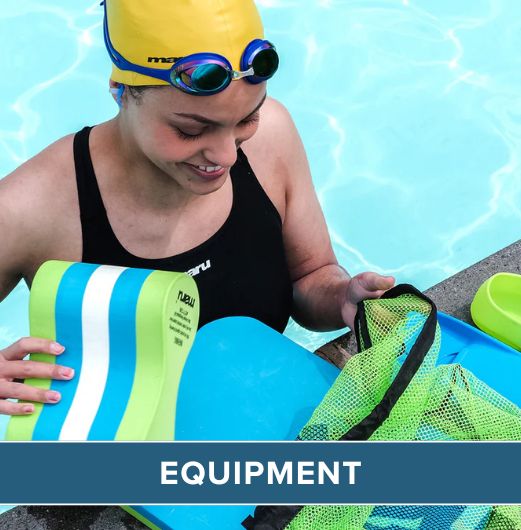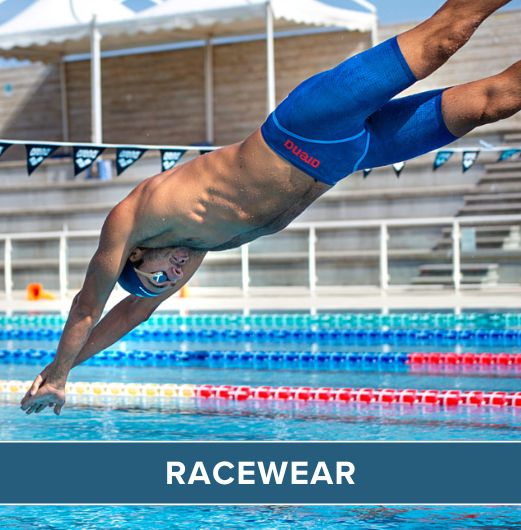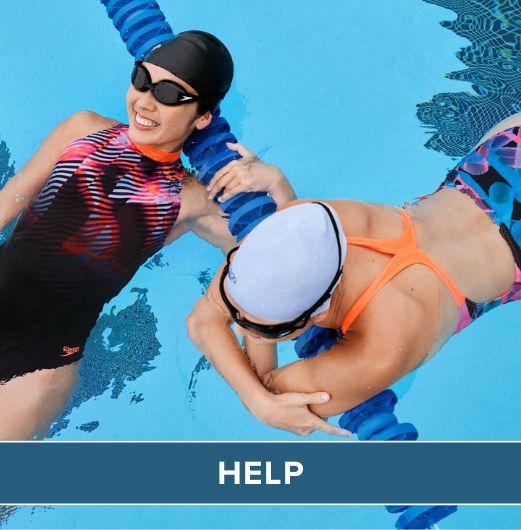Swimming has long been regarded as one of the safest sports to participate in and it is considered a fantastic way to rehabilitate from major injuries and introduce your body back into physical exertion in a safe environment. However, as with most sports, swimming is an activity which can lead to injuries, not only at a competitive and professional standard but also amongst leisure swimmers. Here is a list of the most frequently injured body parts caused by swimming and some suggestions on how to prevent and recover from them.

Shoulders
The shoulder is a particularly vulnerable joint for swimmers as swimming requires excessive shoulder motions which can increase the amount of stress placed on the joint. The most common type of shoulder injury is a rotator cuff impingement which is caused by pressure on the rotator cuff from part of the shoulder blade or scapula as the arm is lifted. Swimmers can also suffer from shoulder instability, which is where the structure surrounding the shoulder joint does not work to maintain the ball with its socket. This is a result of weariness and weakness of the rotator cuff and muscles surrounding the shoulder blade. Such injuries can occur as a result of overuse or improper technique, which is why it's important for swimmers to make sure they avoid any movements which can cause them discomfort.
To help avoid and reduce the stress put on the shoulder joint it is important to regularly exercise the shoulder outside the pool. This constant strengthening and stretching of the surrounding muscles can help to build up flexibility and resistance.
Knees
Knee injuries are never fun and can be particularly prevalent amongst swimmers, especially those who practice breaststroke. The breaststroke kicking uses a movement which places a high level of stress on the knee and can easily lead to damaging the tendons and ligaments. This is definitely one of the injuries which plague the pros and amateurs alike. Breasstrokers knee can occur for a variety of reasons such as over-training, poor technique and insufficient warm-ups. Other knee pain includes pain in the front of the knee, which is most likely to be a patellar tendon irritation caused by bending the knee excessively during movements such as the down kick or flutter kick.
Alternating your swimming strokes can help individuals avoid damaging their knees, along with doing the correct stretching exercises before you even enter the pool. This can be a great way to strengthen and prepare the hamstrings and quadriceps.
Back
As mentioned at the top, swimming can be a great way to relieve back pain symptoms but it can also be the source, and research shows that a majority of swimmers have experienced back pain as a result of swimming. This is due to the twisting motion during movements such as flip turns and butterfly, these techniques can cause irritation to the spinal joints, leading to troublesome back pains. Lower back pain can also occur as a result of the back being hyper-extended or stretched for long periods of time during movements such as breaststroke.
To prevent this pain from occurring swimmers must ensure they practice the correct technique and avoid any awkward or unnatural movements.
Hip
The hip is also at risk of becoming injured during a swim and is becoming an increasingly common problem amongst regular swimmers. Movements such as the wide breaststroke kick is a risk for hip adductor injury and factors such as improper strength and timing can cause an individual's pelvis and hips to lie in an awkward position thus increasing joint pressure and resulting in severe discomfort.
In order to avoid further hip pain, it is important to avoid causing further strain to the area by staying away from breaststroke training until the injury has been given a chance to heal and the pain has gone away.
To ensure you minimise your risk of any injuries while swimming, remember to warm up properly beforehand and switch up your strokes.
 Free Tracked UK Delivery
Free Tracked UK Delivery Hassle Free Returns
Hassle Free Returns Next Working Day OPTION
Next Working Day OPTION Found It Cheaper?
Found It Cheaper?





